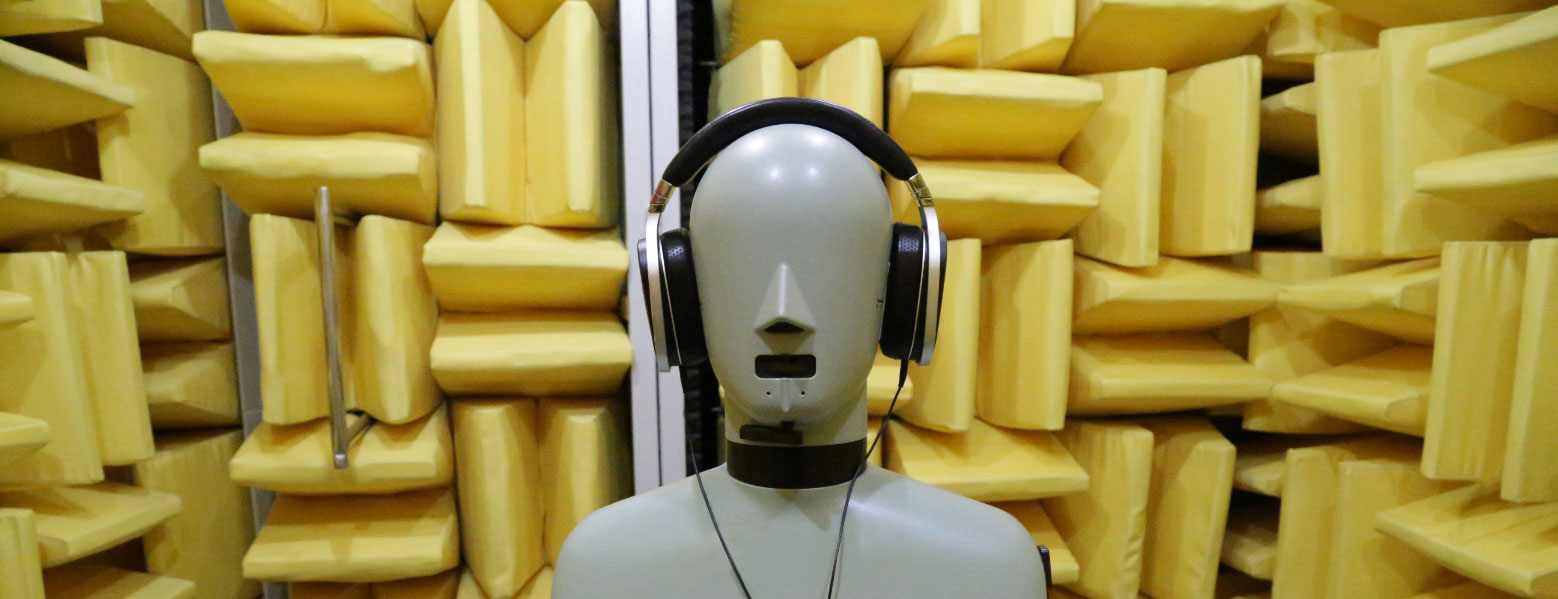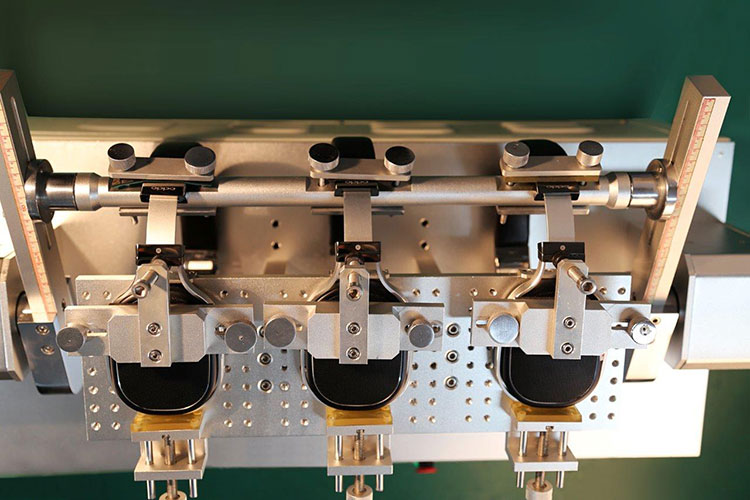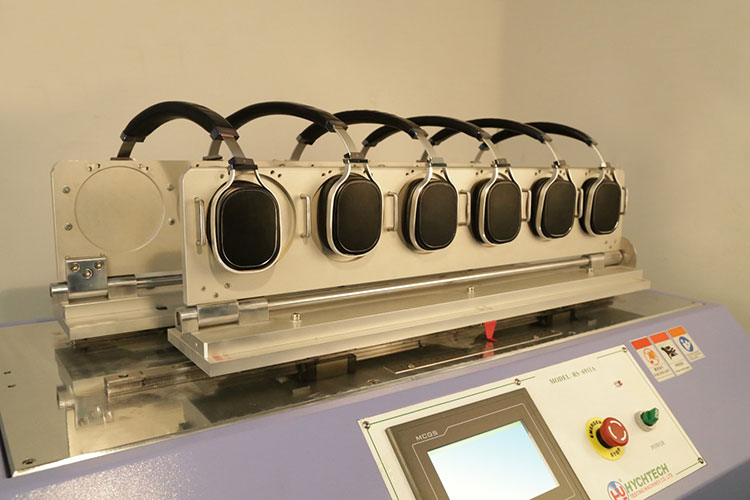Crowd Feedback
Igor, I see Oppo working a lot with their customers in product development. How much did crowd feedback in Head-fi and various other sites such as Headfonics play a role in the pad tweaking of the PM1?
It did affect our design and headphone configuration decisions in terms of earpad set up. Oppo is particularly keen about customer feedback. The PM-1 went through extensive beta testing before it was released.
However even then, I spent an insane number of hours reading customer feedback and discussions on Head-Fi and Headfonics and a few other forums.
Very quickly, we felt that we should use the PM-1’s unique ear pad design (which is very easy to replace) in order to allow listeners to customize the sound and comfort using different ear pads.
It was a very fast reaction and it helped to ultimately offer a better product in my opinion that had this excitement aspect for enthusiasts.
The PM-1 was the first high-performance headphone, to my knowledge, that came with three standard earpad types! It did create some confusion, but I am sure that people figure this out in the end.
Having choice does create confusion, but it also creates excitement and involvement, and I think that the PM-1 opened up a new aspect of headphones to many new customers that would have never expected such dramatic sonic difference from “slightly” different ear pads.
New pads, new sound
What did you do differently with the new set of pads and how did it change the sound?
Well, this is a somewhat difficult question that would involve technical details that go beyond our discussion here. But briefly, the standard leather ear pad with the felt ring inside provides a very balanced, non–fatiguing, smooth sound for those who like a darker signature.
The alternative ear pad provides a brighter presentation that many folks would prefer for more detail and a more open soundstage. The velour ear pads have a different balance and somewhat different spatial impression that could vary slightly depending on the ear and head anatomy.
They also may provide a more comfortable experience in hot weather since they have more venting and provide a cooling effect over longer listening sessions. I would not want to tell more than this to avoid imposing “designer” bias. I would prefer if listeners find out their own preferences over time.
PM-3
We now have three PM headphones, each one slightly different from the other, and some would argue that the PM-3 is the most audiophile of the lot yet it seems to run slightly contrary to how you love to hear the music. Was the PM-3 a compromise in that respect?
The PM-3 was not much of a compromise. We had more constraints on weight, sensitivity and price point. We had to use a few more plastic parts here and there, but I do not feel that we compromised much on performance for best usability.
I think that the PM-3 also has a “designer luck” aspect. It perfectly hit the target that we set for ourselves. Not that I rely on luck when developing headphones, but, frankly, there is something to it. It just came together as nothing like this before – a very well optimized design.
The highest value indeed since it is a portable closed headphone that you can use literally almost anywhere. The PM-1 is different, definitely more luxurious, and possibly slightly more comfortable, and it has a bit of an “easier” and more “open” presentation, but the PM-3 is just a killer in terms of true value.
I still think that only an open back headphone can reveal the ultimate details and achieve ultimate transparency, but indeed, the PM-3 is the headphone that makes you question many rules, especially if you start thinking about that value metric that I talked above.
When we met at a testing room in 2015 we went through 4 PM-3 prototypes and the one you kept was one with a profile you loved but not necessarily one that could be well marketed – you still have it and how does it sound to you now?
Marcus, the several prototypes you saw with different tuning are kept in our lab as development process references. We keep everything.
Honestly, I have not listened to that sample for a very long time. I have to try to keep myself unbiased and my mind flexible when deciding on what final tuning will be put into production.
It is not an easy process. We have a rather adaptable hearing system and it is easy to fall in love with a particular sound signature and lose perspective.
It takes time to access a headphone’s sound in detail, and long-term evaluation is critical when deciding on final tuning. Therefore, I always try to avoid sticking to one particular tuning until the very end, often until the first pre production run is tested.
As you noted, I had 4 versions when we met. Then I narrowed to 3, then to two, factoring in many things including feedback from the beta team as well. In the end, I made the right choice with PM-3 that I very happy about.
Future Market Predictions
How do you see the planar headphone market now in 2016 with the arrival of competing efficient planars such as the HE400s from Hifiman and the SINE from Audeze? Is there room for improvement?
It is great that the competition looks at Oppo and makes their own moves. I was expecting this when we first introduced the PM-1 for the reasons I mentioned above.
I am sure that both competing brands want to sell to a wider range of customers and hence they also followed, while fixing some of the problems that they had before. It creates new challenges for us and I like that.
There is certainly room for improvement for everybody. Nothing is perfect. The models that you named have their own issues, in my opinion, if you take all aspects that are important for customers into consideration. Therefore, I think Oppo should be feeling very good in 2016 with its line-up.
The 2016 market is very different from 2014. Oppo did make a difference over these two years, pushing the bar much higher which is good for everybody and for customers in the first place.
Planar magnetic headphones proved to be a solid competing type of headphones and I am sure that larger traditional brands have begun to take notice. There is no denying that planars provide better sound quality.
I just hope that this becomes common knowledge in the market. I see the efforts from all of the planar magnetic brands and I like it.
The market may seem like a bit saturated, but I think this is good since it will create pressure that should clean out the market from products with lower value. There is a room for top of the line models, even though we have seen quite a few lately.
I am impressed with the sound of all of those models, but frankly I think that customers have a right to expect more for the amount of money that they are asked to pay. In any event, the challenge is great and it is good for technology and everybody.
I think higher value top of the line gear is still in the future, and I hope that the recent progress planar magnetic technology has made will allow all of us to create more competition in the mainstream market and start converting more customers away from traditional headphones makers. For sure Oppo has the technology that is ready for that.
The Philippines & Igor Levitsky
By the way, I noticed you do love the visits to the Philippines and you are always most welcome – what does it for you? The food, the weather, the people – all 3? Can you tempt Jason out here a bit more?
Marcus, yes, I do love to come to the Philippines! As you know Oppo headphones are assembled in Manila and some key components are also manufactured here.
Besides, I do some of the development here as well since there is no better place than being close to production and with production people, especially in the later stages.
However, I undeniably fell in love with the people here. The food is great, too, especially the whole Asian variety which is rather authentic here and not ‘westernized’.
Weather could be challenging in summer, which in the Philippines is in April and May. I am still trying to adapt against my genetic coding. Ha-ha. I think Jason is busy working on the next great Oppo audio product that might be coming very soon. I will leave it up to him to get tempted when the right moment comes.
I can count myself very fortunate to live but a few miles away from Oppo’s assembly line for the PM series of planars. Being able to lunch out with Igor and watch acoustics tests on the PM cans all in the afternoon was a rare treat and the insight into the decision-making process before releasing it to the market was educational, to say the least.
You might read about how such and such a headphone is not worth the price without realizing just how much money, time, and effort is spent putting together what you stick on your head.
It’s not just the materials but the vast network of locations, be it R&D or assembly, the marketing, the logistics, and of course the manpower, most notably the talent.
Igor is one such top bloke with bag loads of talent and I look forward to seeing what this rock’n’roll-loving Ukranian and the rest of the Oppo team come up with next.





